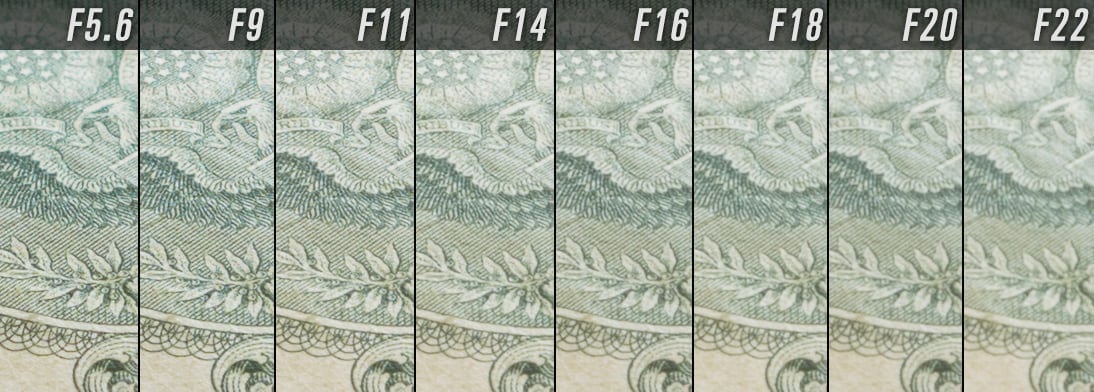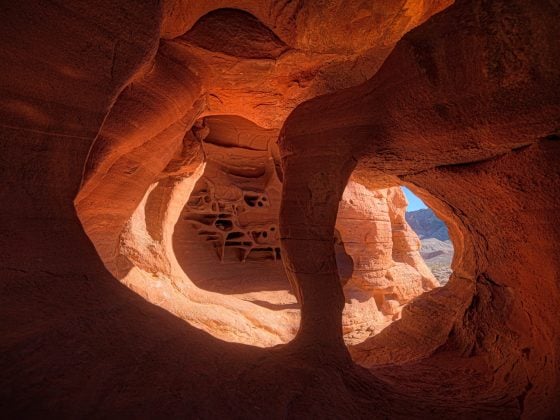The Sonnar T* FE 35mm f2.8 ZA lens from Sony is a compact and lightweight lens that offers exceptional quality for travel, street, and landscape photography. Based on the ZEISS Sonnar optical concept, this lens has a large maximum aperture of f2.8 and features three double-sided aspherical elements that reduce aberrations. ZEISS T* anti-reflective coatings and a rounded seven-blade diaphragm contribute to image clarity, contrast, and pleasing bokeh. With a linear autofocus motor and internal focus design, the lens provides quick and precise autofocus performance, while rubberized control rings and a dust- and moisture-sealed design enhance handling in various conditions. The lens measures about 1.5″ long, weighs only 4.2 oz, and comes with a dedicated compact lens hood.
Sony Zeiss Sonnar 35mm f2.8 T*: Amazon / B&H
Also, check out the Lenses For Sony E Mount – A list of every Sony lens.
Sony Zeiss Sonnar 35mm f2.8 Review – First Impressions
The Zeiss Sonnar 35mm f2.8 lens was one of the first lenses I got for the original full-frame Sony mirrorless system, and it’s still with me today. While I often like the classic design of Zeiss lenses, this is more of a modern build based on that old Sonnar concept, which now includes three double-sided aspherical lenses.
Usually, the aspherical lenses we see in compact Cosina lenses tend to cause some busy and unpleasing bokeh but the image here remains smooth with few distractions.
On early Sony bodies, we did have a color ring pattern, which I’ll talk about later, but I believe this might be more due to the original Sony micro-lens design because I’m not seeing it with new cameras or when I adapt this lens to my Nikon Z system.
Overall I’ve always loved this lens for its sharpness, nice bokeh, and compact size. It’s not a perfect lens, but it gets the job done, especially for travel and street photography, while also maintaining some nice classic pop, dare I say, “micro-contrast.”
5 Things To Love About The Zeiss Sonnar 35mm f2.8
1. Sharpness Is Great
Like with a lot of Zeiss lenses, the Sonnar is very sharp in the center, even for a high-megapixel camera, and only falls off slightly toward the edges.
The colors that come through this lens also give images a great look that I’ve never had with my Canon lenses, and there is almost a blue tone added to the shadows, which is unique. It is almost like any image I take with this lens, and it needs no post-processing or color enhancement. The image it puts on the sensor is stunning every time.

View on Smugmug at 100%. Or download the original. I’ve set the sharpness to 0 in Lightroom on this shot.
2. Build Quality Is Great
The build quality of the Sony ZEISS 35mm f2.8 lens is impressive. It features a sleek, compact design that makes it ideal for travel and street photography. The lens is made with high-quality materials and features a dust- and moisture-sealed design that allows it to be used in various weather conditions. Rubberized control rings provide a comfortable and secure grip, even in colder temperatures. Additionally, the lens includes a dedicated cap-style hood that is extremely compact and helps prevent flare. Overall, the Sony ZEISS 35mm f2.8 lens is a well-built and durable lens that is designed to last.
I only had one problem over the years with this lens, and that’s the lens cap eventually fell apart, and I had to glue it back together.
3. Amazing Bokeh
The Sony Zeiss 35mm f2.8 lens produces pleasing bokeh quality, thanks to its rounded seven-blade diaphragm. When employing selective focus techniques, the lens creates a beautiful, soft background blur that makes the subject stand out. The design allows for smooth and natural transitions between in-focus and out-of-focus areas without a busy background, making it ideal for portrait and street photography.

My crazy niece was enjoying the California sun.
4. Weather Sealed
This lens is designed with a dust and moisture-sealed design that allows it to be used in various weather conditions. This means that the lens is built to withstand challenging environmental conditions, making it an ideal choice for outdoor photographers. Weather sealing also helps protect the lens from dirt, dust, and other debris that could potentially damage it, which is especially important when shooting in dusty desert environments.
Northern Arizona – It was very windy and sandy here and my lens was fine. No sand in the focus ring like with my Canon lenses.
3 Things I Don’t Like About This Lens
It would be awesome to say this lens is perfect. But it does have its flaws. After all, it’s a Zeiss for under a grand.
1. Bad Vignetting
The Sony Zeiss 35mm f2.8 lens is known to suffer from noticeable vignetting when used at its widest aperture. This means that the corners of images may appear darker than the center, which can be an issue for some photographers. However, this can be corrected in post-processing or by stopping down the aperture a bit. It’s worth noting that vignetting is a common issue with many compact wide-angle lenses and is not exclusive to this lens.

2. Color Shifting Ring Pattern
The Sony 35mm f2.8 has a strange color ring pattern I’ve seen on early Sony full-frame cameras.
I’m not sure if this was an issue because of the original Sony A7r micro-lens design or if it has something to do with the double-sided aspherical elements. Maybe it’s a combination of both, but I haven’t noticed it when using it on newer cameras or adapting it to other brands like the Nikon Z system.
You won’t notice this unless you’re doing some heavy color and contrast work or shooting solids. I’ll get a little banding when shooting clear blue skies, and it’s not fun to fix.
You can see it here with saturation and vibrance maxed.
I went and tested this with all my other lenses and none of them had problems like this. I did get some color shifts but not with the ring-like pattern of the Sony Zeiss 35mm.

Sample Of Banding In The Sky
I’m mostly now seeing this banding only in the skies. It can be fixed with a little Photoshop work.

3. Bad Diffraction At High Apertures
This lens’s sweet spot is around f5.6. Any higher, you’ll start to notice diffraction, a little more so than some bigger lenses with different designs.

It’s great at f5.6 and even at f9, but it starts to lose quality quickly by f11, making it, not such a great landscape lens if you like shooting above f11.

Big Island Hawaii on the Sony A7r @ f9.5
Sony Zeiss 35mm f2.8 Bottom Line
Today there are several other options for compact 35mm lenses, some with a bit more engineering like the Tamron 35mm f2.8, and some smaller and faster like the manual focus Voigtlander 35mm f2, or Zeiss Biogon 35mm f2.
How does the Sony Zeiss 35mm f2.8 stack up to other compact 35mm lenses?
There are a few other options for autofocus lenses for the Sony mount.
Sigma 35mm f2 – which is a much larger lens with 10 elements in 9 groups and a 9-bladed aperture.
Tamron 35mm f2.8 – A slightly cheaper and larger lens, 9 elements in 8 groups, and 7R bladed aperture.
Samyang 35mm f2.8 – Similar in size and performance with 7 elements in 6 groups and a 7-bladed aperture.
Of all these, I still think the Sony Zeiss has a really nice balance of size and performance without stuffing too many elements, which can interfere with some of the depth of the image’s tonal texture. I won’t say micro-contrast since that triggers idiots.
After owning several 35 mm lenses, I still think this is a great lens. Its autofocus is good, and the image quality leaves me with little to complain about. Yes, I even like it more than the Canon 35mm f1.8, which is considerably faster.
You can go faster and more compact with the Voigtlander, but you get a really busy bokeh and some fairly aggressive vignetting. You can go more classic with Zeiss lenses, but then you don’t have as nice of corners and edges.
Overall, this lens is well-balanced.
Sony FE 35mm F2.8 Sample Images






| **This website contains affiliate links. We will earn a small commission on purchases made through these links. Some of the links used in these articles will direct you to Amazon. As an Amazon Associate, I earn from qualifying purchases. |










